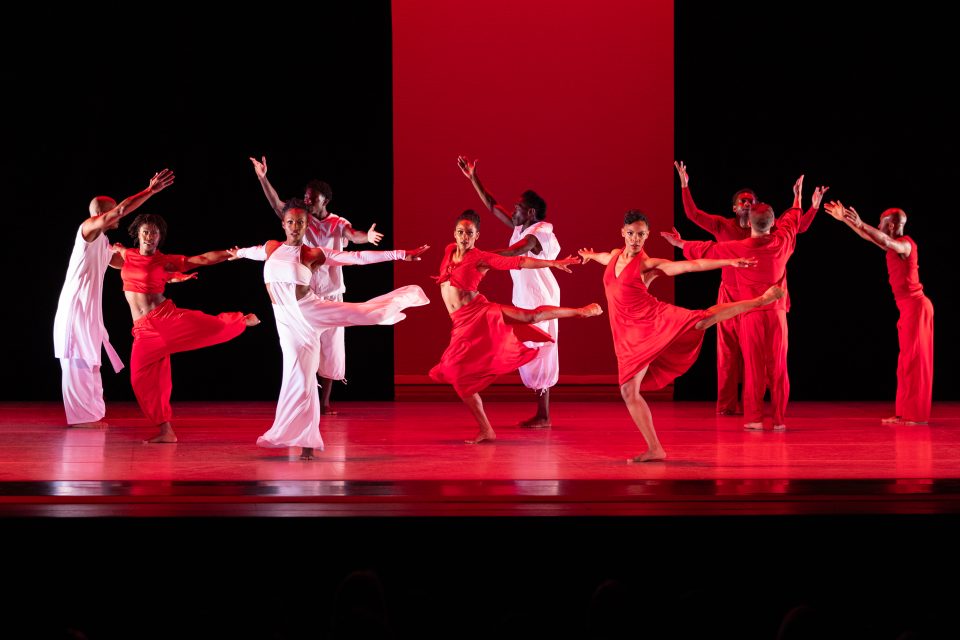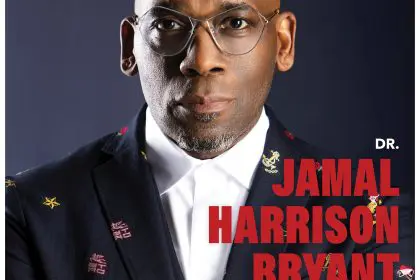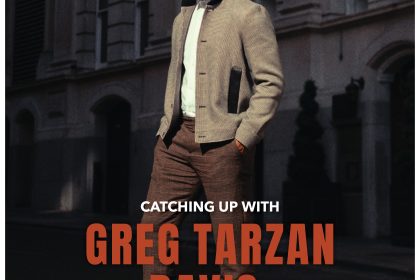
On Nov. 9, Judith Jamison, renowned dancer, choreographer and artistic director for the Alvin Ailey American Dance Theater, died at 81. In the wake of Jamison’s passing, rolling out spoke to three distinctive voices — Constance Stamatiou, Hope Boykin and Jamar Roberts — who offered an intimate portrait of Jamison’s enduring legacy in modern dance. Their reflections reveal how Jamison’s influence has shaped American dance, preserving Alvin Ailey’s vision of enriching and advancing the art form.
Stamatiou, a soloist who performs Cry — the ensemble piece that launched Jamison’s early career — described Jamison as a force who taught dancers to transcend performance and become vessels for transformative storytelling. Recalling her time with Jamison, Stamatiou highlighted Jamison’s dual role as both a stern mentor and nurturer who often urged dancers to “take it to the wall,” a call to push beyond their limits.
Jamison deflected the spotlight
Stamatiou shared a heartfelt moment from her performance of Cry during Jamison’s April 2019 TED Talk. Jamison, seated at the edge of the stage like an ancestral storyteller, watched Stamatiou take the audience on an emotional journey through the piece. Stamatiou emphasized the weight of Jamison’s trust in her. “The fact that she trusts me to do this solo, I have no choice but to give it my all,” she said.
Following the performance, Stamatiou gestured for Jamison to come forward for an acknowledgment. Instead, Jamison insisted that Stamatiou take a center-stage bow. It was a masterful display of selflessness — a teacher stepping back to let her student shine.
“I was trying to get her to go down and bow.” Stamatiou reflected. “And she said, ‘Uh-uh. You.’ She is selfless. Just, wow.” This simple yet profound act exemplifies Jamison’s character and her deep commitment to elevating the next generation of choreographers and dancers.
That next generation includes Boykin, who danced and choreographed under Jamison’s directorship. Boykin interweaves narratives and lessons she inherited from Jamison into her role as choreographer while forging her own path. Her latest work, Finding Free, reflects an artistic lineage influenced by Jamison yet one that remains distinctly her own. She chooses not to chase novelty, believing that each creation should flow as a natural extension of her previous work.
Boykin’s collaboration with composer and pianist Matthew Whitaker exemplifies this vision. Whitaker created the musical score for Finding Free from what began as a simple suggestion from supporter and patron Barbara Brandt. Their partnership resulted in a piece that moves like a spiritual revival. Whitaker’s virtuosity extends beyond mere mastery of multiple instruments — piano, organ, drums, bass and guitar — to a musical gift that seems to have a divine source. The creative interplay of Boykin’s choreography and Whitaker’s composition in Finding Free is masterful.
Keeping the Ailey vision alive
The work of Roberts, former company dancer and highly sought-after choreographer, embodies the spirit of continuous exploration that has kept Ailey’s vision and Jamison’s directorship alive for generations. He carries forward their vision of telling stories that portray human experience through the lens of Black culture and history.
Roberts approaches choreography as world-building. He crafts each piece from the ground up. “It’s like getting dressed,” he said, describing his creative process as carefully selecting each element until everything fits together seamlessly. His attention to detail extends beyond choreography: He designs costumes, works closely with lighting designers and collaborates with musicians to create fully realized artistic visions.
Pushing forward unafraid of failure
Roberts’ latest work, Al-Andalus Blues, explores the connection between North African Moors and Spain, using music from Roberta Flack and Miles Davis’s Sketches of Spain. His choreography embraces organic movement as he urges the dancers to breathe life into each gesture and allow the movement flow naturally.
Roberts is unafraid to fail, experiment or push boundaries. “I don’t ever want to feel like I’ve arrived,” he said, reflecting on his commitment to growth and exploration. “I don’t know how much room there is in the industry right now for failure, which I think is a shame because I think it is just as meaningful as success.”
For the full conversations with Constance Stamatiou, Hope Boykin and Jamar Roberts, please visit rollingout.com.













